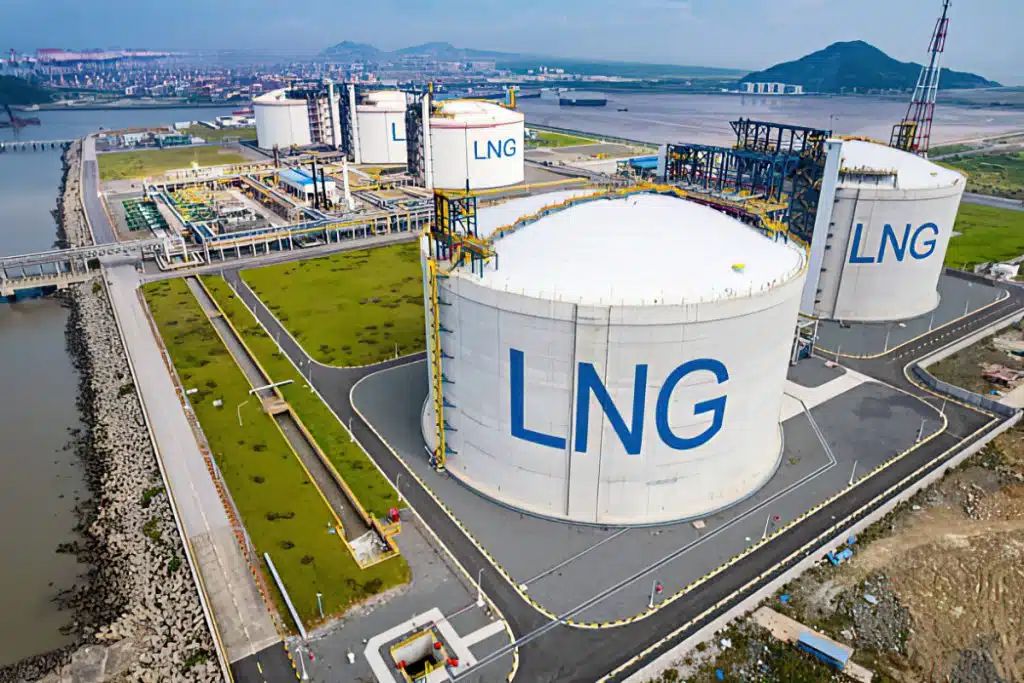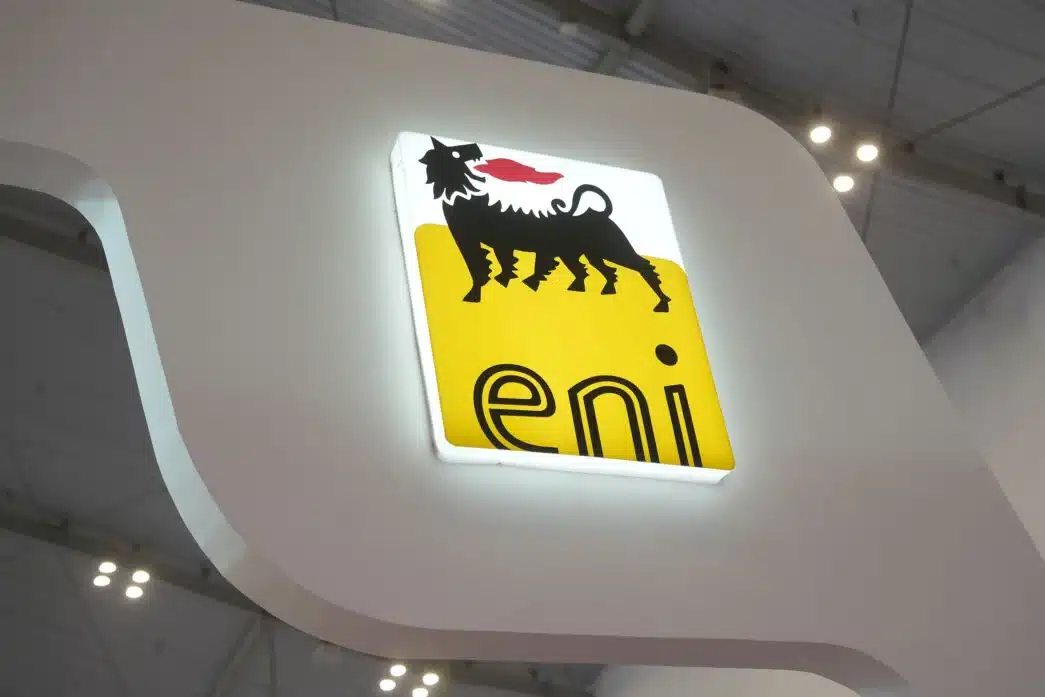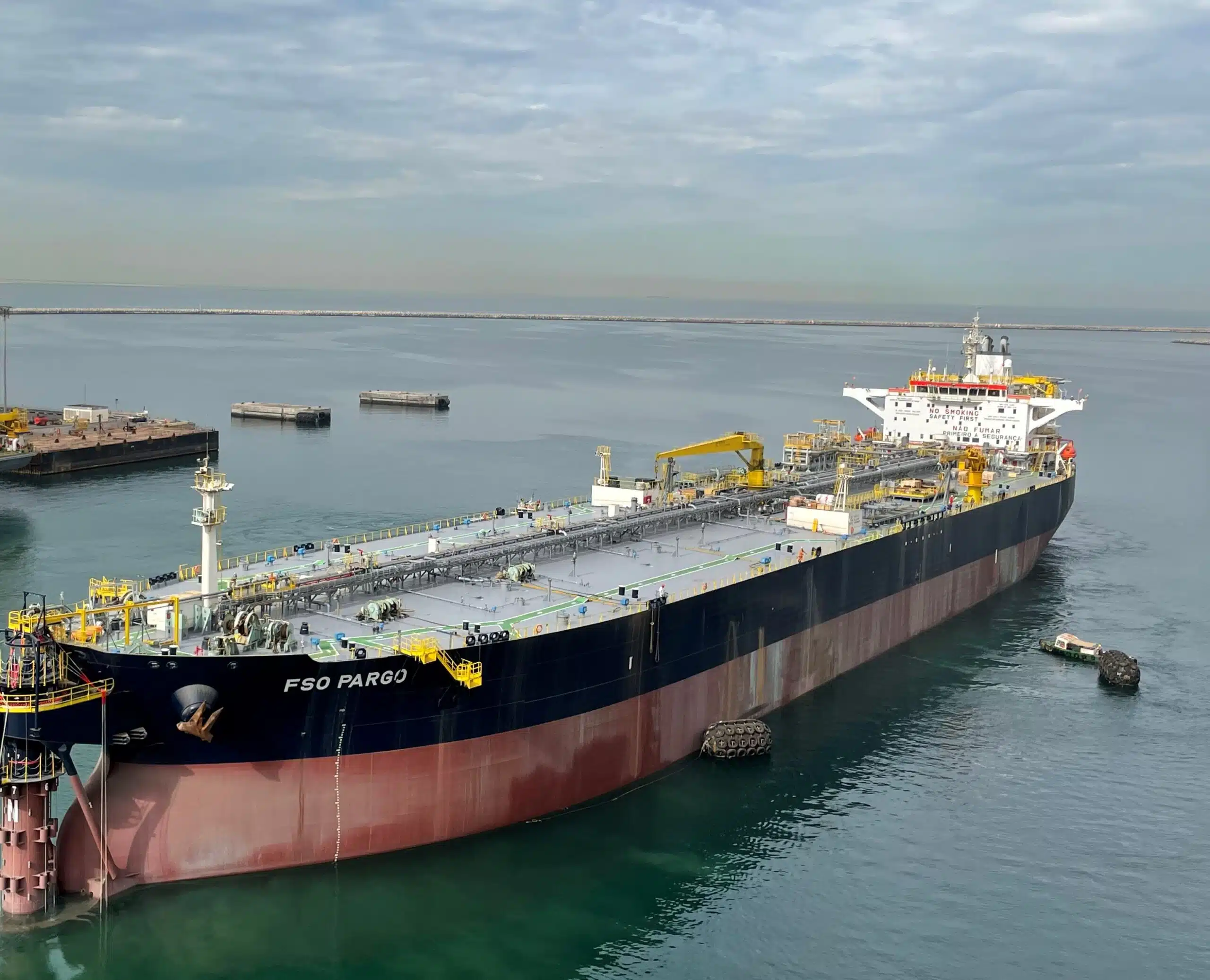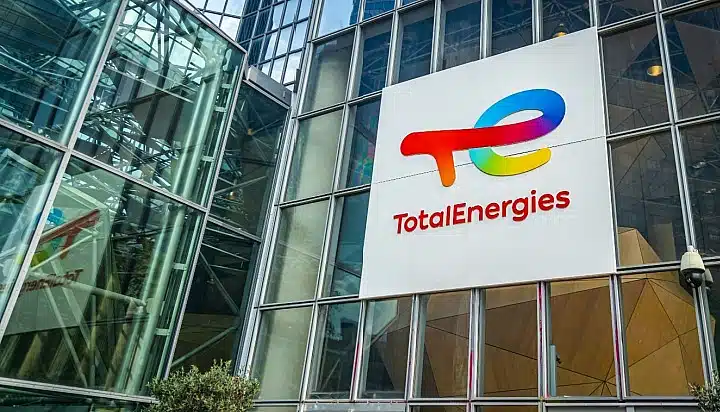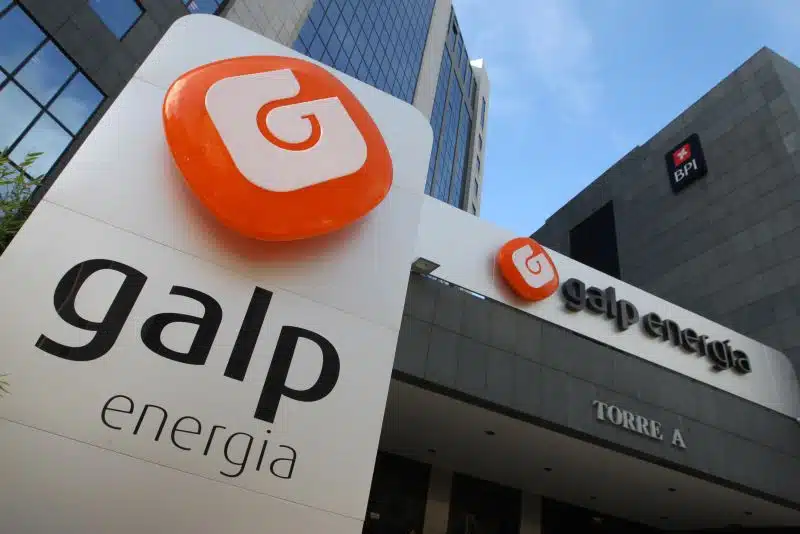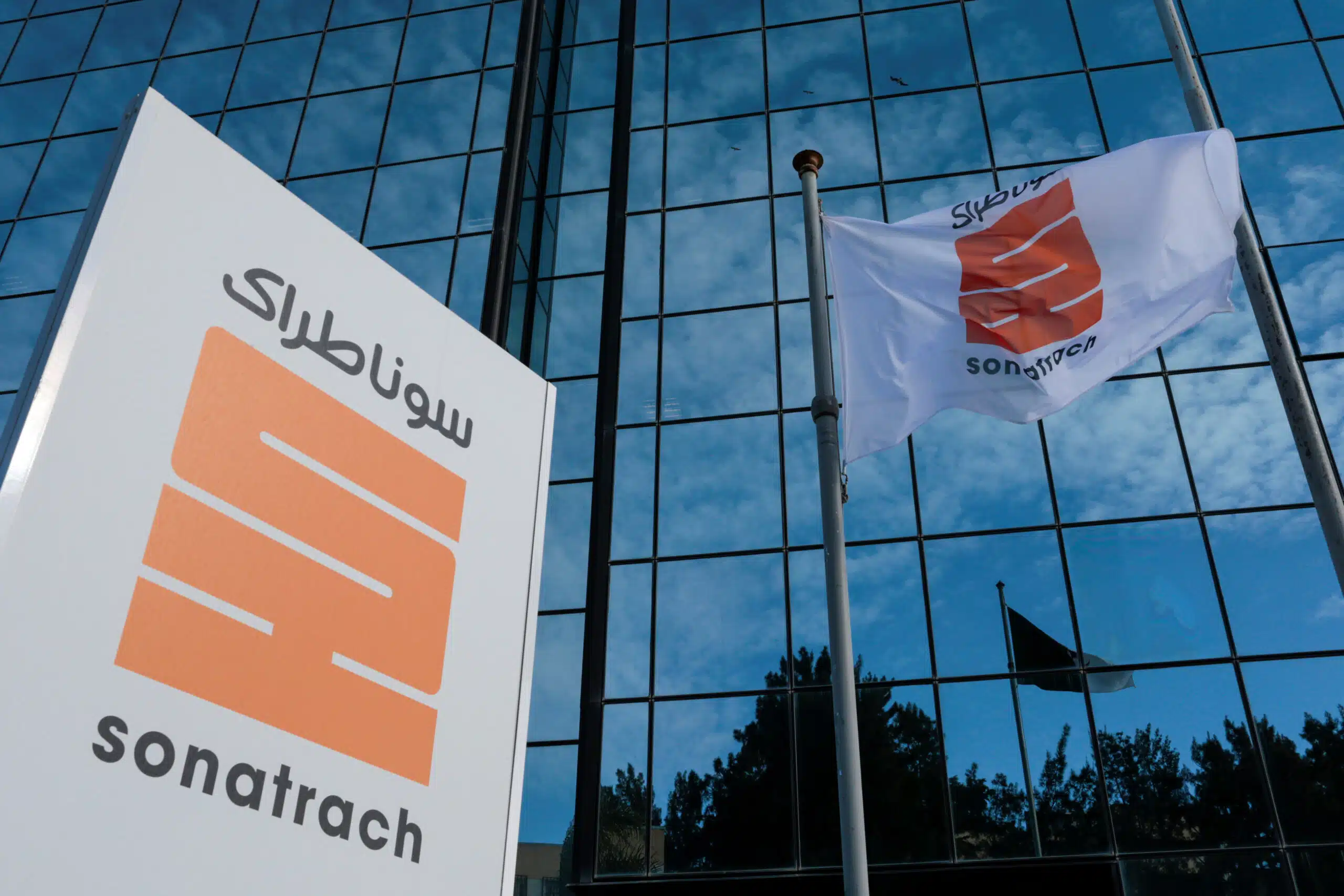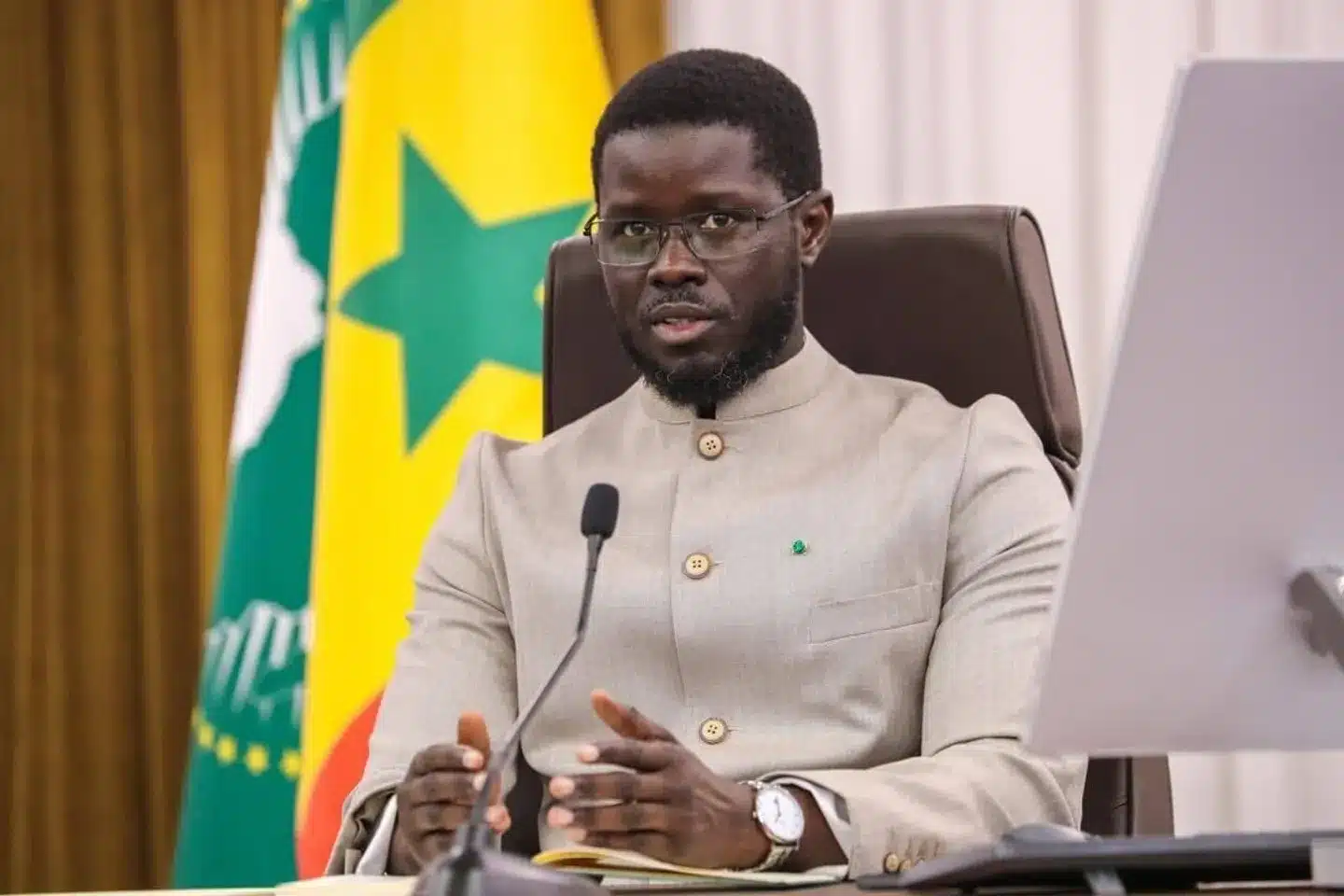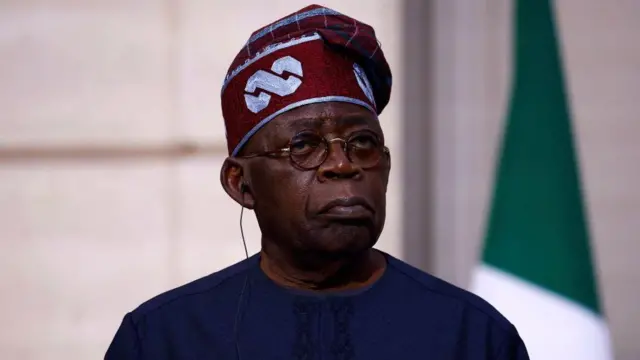Morocco is set to begin the tendering process for Phase 1 of its liquefied natural gas (LNG) terminal project near the eastern Mediterranean city of Nador, according to a report by Reuters.
This move is part of the country’s broader strategy to diversify its energy mix and reduce dependence on coal, which, the International Energy Agency (IEA) says, accounted for 68% of Morocco’s total electricity generation in 2022.
Speaking before parliament on April 21, 2025, Morocco’s Minister of Energy, Leila Benali, announced:
“This week, we will be launching a call for the expression of interest to develop the first phase of the natural gas terminal in Nador.”
The upcoming LNG infrastructure will feature a floating storage and regasification unit (FSRU) at the under-construction Nador West Med port.
The terminal will be linked to an existing pipeline that currently imports 0.5 billion cubic metres (bcm) of gas from Spain and is also expected to supply gas to key industrial zones near the northwestern cities of Kenitra and Mohammedia.
In May 2024, Abdelghafour El Hadjaoui, an official at Morocco’s Ministry of Energy, revealed that the project was expected to reach financial close in 2025, with construction, commissioning, and commercial operations anticipated by 2026.
According to the ministry, Morocco’s natural gas demand is forecast to rise sharply—from 1 bcm currently to 8 bcm by 2027.
Natural gas is viewed as a critical transition fuel in the country’s plan to shift away from coal and towards cleaner energy sources.
The North African nation is advancing its ambitious renewable energy agenda, targeting a 52% share of renewables in its total installed capacity by 2030, up from the current 45% (equivalent to 5.5 GW).
In March 2025, Morocco approved six green hydrogen projects worth $31.9 billion, with participation from global energy players including TotalEnergies.
Earlier this month, the government also launched a tender inviting investors to develop gas-fired power plants with a combined capacity of 300–450 megawatts (MW), aiming to enhance grid stability.
Morocco’s national electricity utility, ONEE, has thrown its weight behind the government to support its goals.
The utility has unveiled its 2025–2030 investment roadmap, which includes plans to add 15 gigawatts (GW) of new electricity generation capacity—13 GW of which will come from renewable energy—through a $13 billion (120 billion dirhams) investment.
The Nador West Med port, the planned site of the LNG terminal, is a deepwater facility under construction.
It will strengthen Morocco’s maritime infrastructure and energy import capabilities, positioning the country as a strategic energy hub in the Mediterranean region.

